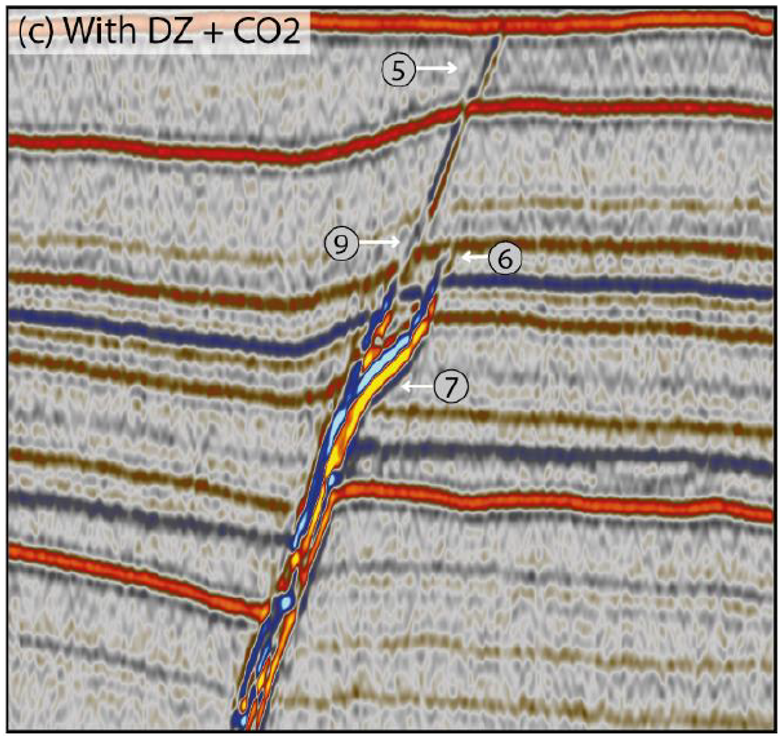Faults and fractures in sedimentary basins play an essential role in depositional systems, the evolution of landscapes, geohazards (i.e. earthquakes and ground stability) and fluid mobility (e.g. CO2, groundwater, waste-water, hydrocarbons). Research on fault systems, therefore, has many applications across different sectors and is particularly important for the safe and sustainable management of resources stored in sedimentary basins worldwide.
The Norwegian Continental Shelf offers a unique natural laboratory, as nearly all seismic and drill hole data acquired through enormous industrial investments are made available for research. Thereby, structural analyses of regional fault zones in 2D and 3D seismic data can be used to analyse fault geometry, fault growth evolution, and fault displacement gradients, all relevant for fluid mobility and the development of sedimentary systems. Recent technological developments, such as Machine Learning techniques, have also opened new avenues into fault studies.
Faults are exposed in outcrops in many places in the world (for example Svalbard, Spain, SW USA, Egypt, Oman) that allow geologists to explore details of fault zones at a much higher resolution than in seismic data. The so-called ‘fault architecture’ can be seen as core and damage zones with internal structures, providing evidence of how faults deform rocks and how deformation, with associated compaction/dilation/cementation and fluid migration, change the rock properties. As fault properties control fluid mobility and the strength of the fault, related processes impact the likelihood for reactivation of faults. Outcrop studies of faults are commonly supported by thin-sections to see rock fabrics, as well as laboratory tests of rock samples from drill holes and outcrops.
A Master thesis in structural geology of sedimentary basins could cover fundamental understanding (genesis and concepts) or be more directly applicable to the interests of the private sector. In any case, the student will develop complementary skill sets in structural geology, sedimentology and geophysics.
Theses will be offered within the framework of ongoing projects as part of a collaborative team, supported by the National Research Council and industry partners.
Should this direction of study interest you, please contact Professor Alvar Braathen for a discussion of possible thesis topics that could be exciting for your Master thesis.



Click here for a bigger version of the picture.